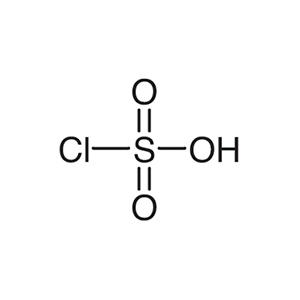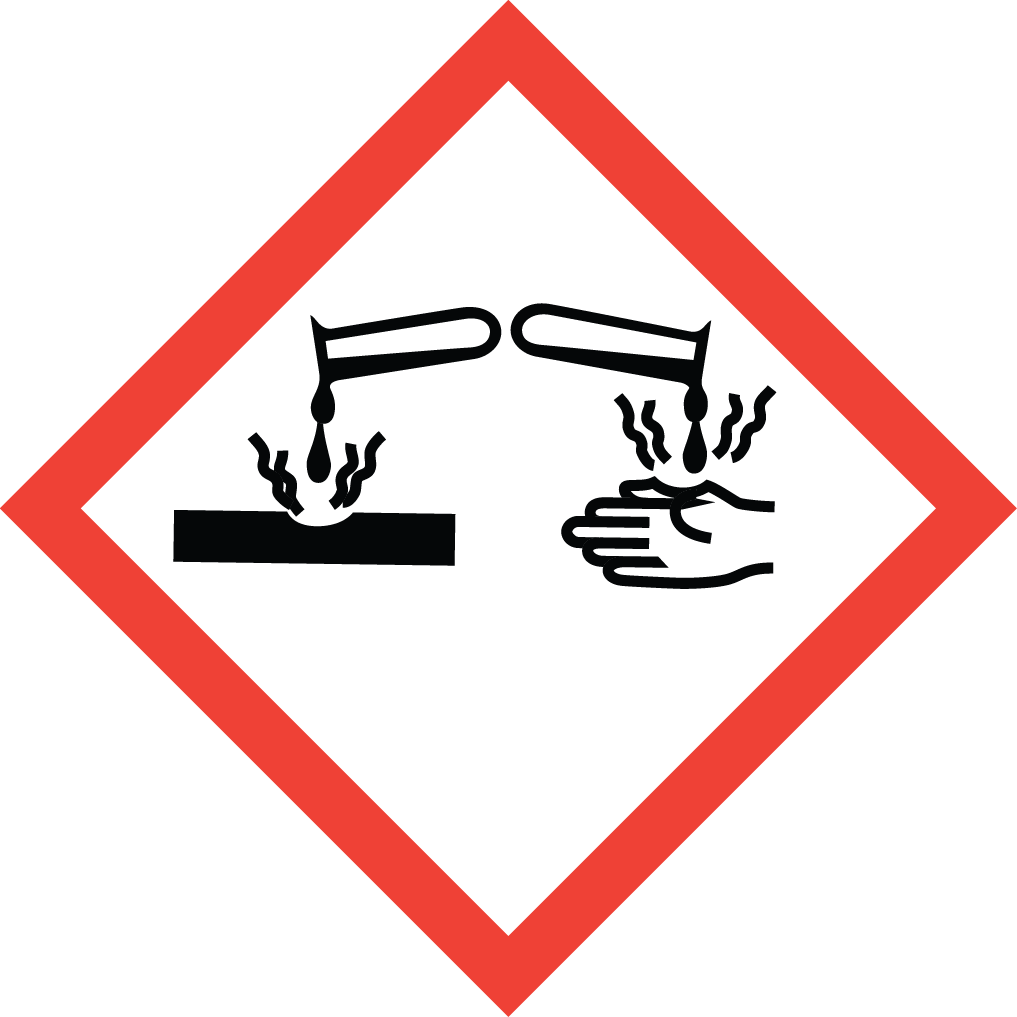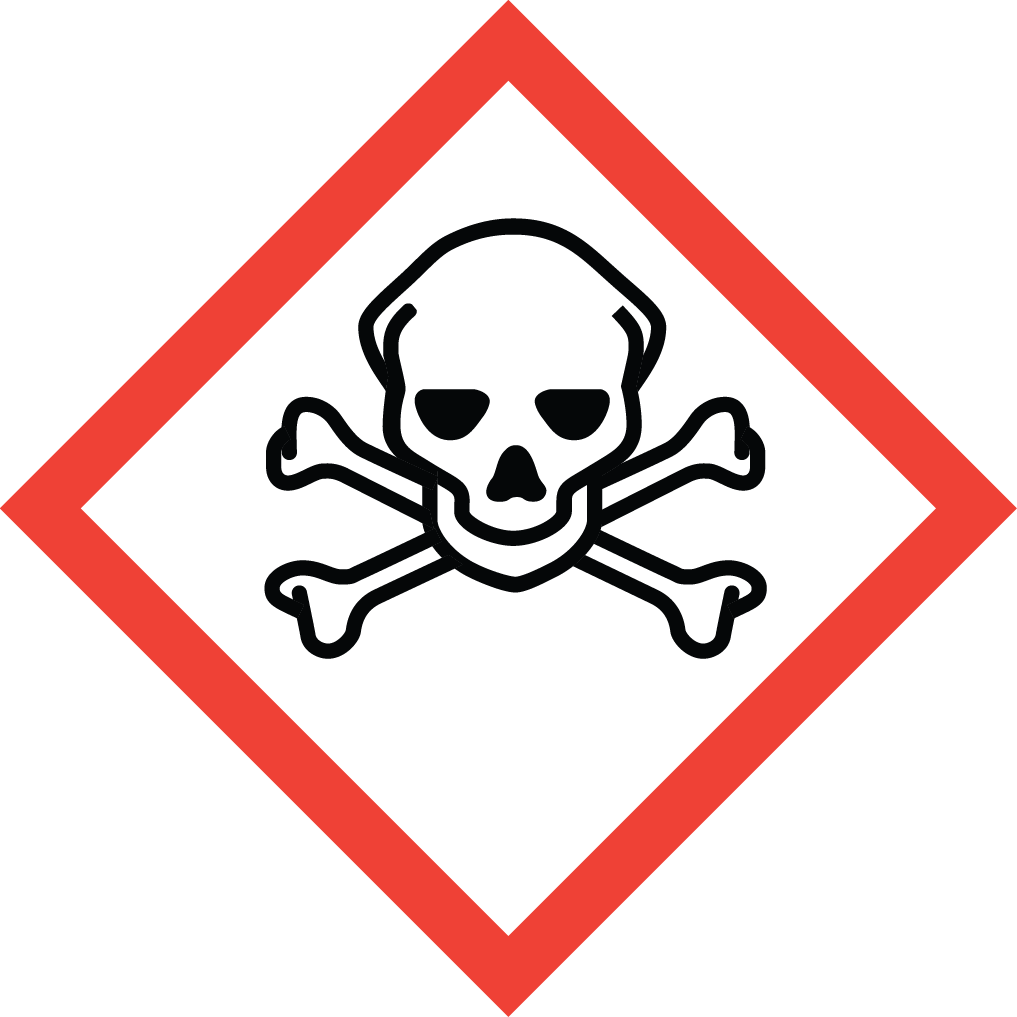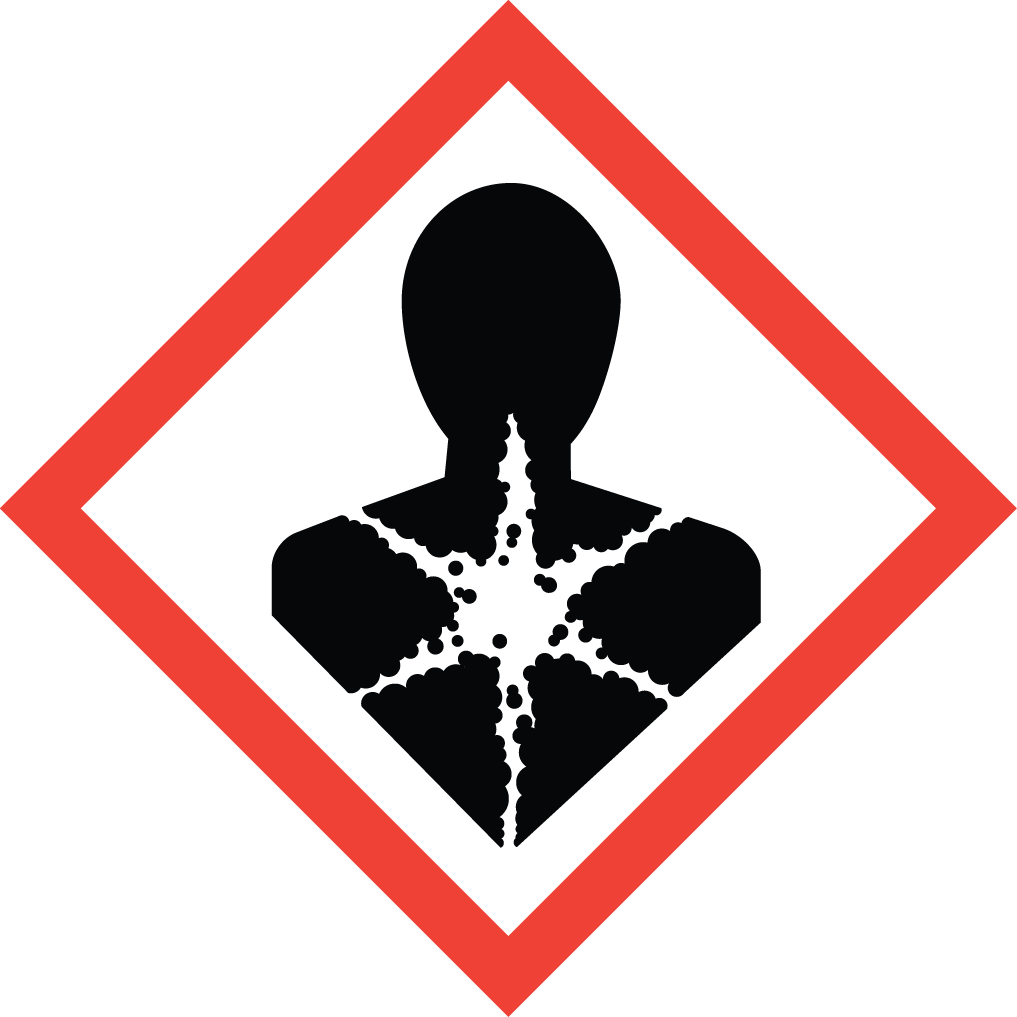Aure Chemical Delivers Excellence in High-Purity Chlorosulfonic Acid
Aure Chemical is a premier global supplier of high-quality Chlorosulfonic Acid (ClSO₃H), commonly known as Chlorosulfuric Acid. Identified by its CAS number 7790-94-5, this inorganic compound is a colorless to light yellow fuming liquid with a pungent odor. It is a highly corrosive and intensely reactive substance, notable for its powerful capabilities as a sulfonating agent, chlorinating agent, and dehydrating agent. Chlorosulfonic Acid is an indispensable reagent in complex organic and inorganic syntheses across various industries, particularly in the manufacturing of detergents, dyes, pharmaceuticals, and a wide array of other specialty chemicals. Due to its extreme reactivity with water and highly corrosive nature, handling and transportation of Chlorosulfonic Acid demand the utmost expertise and strict adherence to stringent safety protocols. Aure Chemical's unwavering commitment to excellence ensures that our Chlorosulfonic Acid meets the demanding purity and performance requirements for your most critical industrial applications, guaranteeing consistency, safety, and reliability.
Basic Information of Chlorosulfonic Acid
Chlorosulfonic Acid (CAS No. 7790-94-5) is meticulously produced and rigorously tested to meet stringent quality standards. We ensure exceptional purity and consistent performance, essential for your critical applications:
| CAS No.: | 7790-94-5 |
|---|
| EC No.: | 232-234-6 |
|---|
| Linear Formula: | ClSO₃H |
|---|
| Molecular Weight: | 116.52 |
|---|
| Appearance: | Colorless to light yellow, fuming liquid |
|---|
| Odor: | Pungent odor |
|---|
| Melting Point: | -80 °C |
|---|
| Boiling Point: | 151-152 °C/755 mmHg (lit.) |
|---|
| Density: | 1.753 g/mL at 25 °C (lit.) |
|---|
| Solubility: | Extremely reactive with water (producing sulfuric acid and hydrochloric acid, with intense heat and fuming), organic compounds, and many metals. Powerful oxidizing and dehydrating agent. |
|---|
| Corrosivity: | Highly corrosive to skin, eyes, and respiratory tract. Causes severe burns. |
|---|
| Fuming: | Fumes strongly in moist air. |
|---|
| RIDADR: | UN 1754 8, 6.1/PG 1 |
|---|
| Chemical Structure: |  |
|---|
Our commitment to delivering high-purity Chlorosulfonic Acid ensures a reliable and efficient component for your critical processes, offering consistent quality for diverse industrial needs, while prioritizing uncompromising safety in handling and logistics.
Primary Applications of Chlorosulfonic Acid
Chlorosulfonic Acid's unique chemical properties, particularly its extreme reactivity and multi-functional capabilities as a sulfonating, chlorinating, and dehydrating agent, make it an indispensable compound with extensive applications in various chemical synthesis pathways:
Detergent Manufacturing:
A primary use of Chlorosulfonic Acid is in the sulfonation of organic compounds to produce surfactants and detergents. It is key in the production of linear alkylbenzene sulfonic acids (LABSA) and other alkyl sulfonates, which are fundamental components of liquid and powder detergents.
Dye and Pigment Industry:
It is extensively used in the synthesis of various dyes and pigments, where it introduces sulfonic acid groups (-SO₃H) into organic molecules, enhancing their solubility and coloring properties.
Pharmaceutical Synthesis:
Chlorosulfonic Acid serves as a crucial reagent and intermediate in the synthesis of pharmaceuticals, including sulfa drugs, diuretics, and other sulfur-containing active pharmaceutical ingredients (APIs). Its precise reactivity is vital for creating specific molecular structures.
Synthetic Sweeteners:
It is employed in the manufacturing of synthetic sweeteners such as saccharin and cyclamate, through sulfonation and other reactions.
Specialty Chemical Production:
Used in the production of a wide range of specialty chemicals, including synthetic resins, pesticides, and other fine chemicals, where precise sulfonation or chlorination is required.
Dehydrating Agent:
Due to its strong affinity for water, it acts as an effective dehydrating agent in certain chemical reactions.
Why Choose Aure Chemical for Your Chlorosulfonic Acid Supply?
Aure Chemical is dedicated to providing superior chemical solutions and unparalleled customer support. By partnering with us for your Chlorosulfonic Acid requirements, you benefit from:
Exceptional Purity & Consistent Quality: Our Chlorosulfonic Acid is manufactured to stringent purity specifications, crucial for optimizing performance and yield in sensitive chemical synthesis reactions, such as those in pharmaceutical and detergent production.
Uncompromising Safety & Compliance: Given the extreme hazards associated with Chlorosulfonic Acid, Aure Chemical maintains world-class safety standards. Our manufacturing, storage, and transportation protocols are meticulously designed to adhere strictly to international safety regulations and best practices, ensuring maximum security.
Reliable Global Supply Chain: We maintain a robust and efficient global supply network, guaranteeing timely and secure delivery of this critical chemical to your facilities worldwide, with specialized logistics for highly hazardous and corrosive materials.
Expert Technical & Safety Support: Our dedicated team of experienced chemists and highly trained safety specialists is readily available to offer comprehensive guidance on product application, stringent safe handling procedures, emergency response planning, and optimal storage conditions for Chlorosulfonic Acid.
Commitment to Quality & Responsible Stewardship: We adhere to the highest industry standards for quality management, environmental responsibility, and product stewardship across all our operations, ensuring peace of mind for our clients and the responsible management of extremely hazardous chemicals.
Choose Aure Chemical for a trustworthy and dependable supply of high-quality Chlorosulfonic Acid. We're ready to support your most demanding and innovative industrial processes with an unwavering commitment to safety and excellence.
Hazards Classification
GHS Classification: Corrosive (GHS05), Acute Toxicity (GHS06), Health Hazard (GHS08)
Hazard Statements: Causes severe skin burns and eye damage; fatal if inhaled; may cause respiratory irritation; reacts violently with water.
UN Number: UN 1754
Hazard Class: 8 (Corrosive Substances), 6.1 (Toxic Substances)
Packing Group: I
 GHS05: Corrosive
GHS05: Corrosive GHS06: Acute toxicity
GHS06: Acute toxicity GHS08: Health hazard
GHS08: Health hazard
